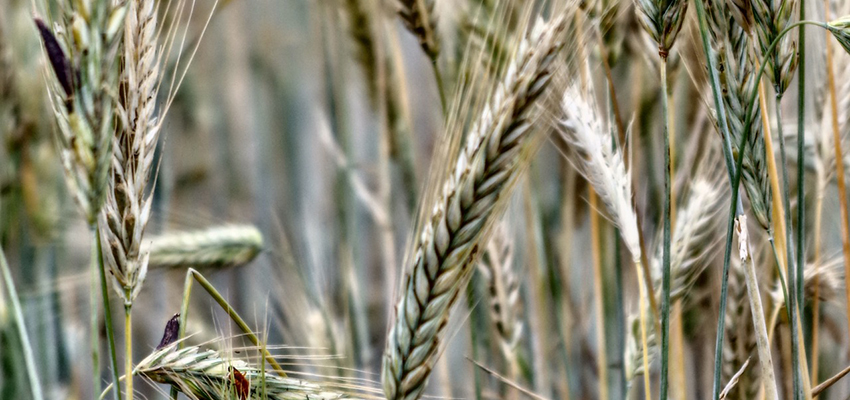AGROLAB Ibérica (Tarragona) has validated and accredited under ISO 17.025 the detection and quantification of ergot.
Ergot (Claviceps purpurea) is a parasitic fungus that can infect a wide range of grasses. It is considered a contaminant of the grain. Three or four weeks after the fungus infects the plant, the body of the fungus (sclerotium) becomes visible and replaces some of the grains in the ear. The sclerotium is crescent-shaped, ending in a ball like the head of a nail, and can be seen protruding from the regularity of the spike grains. Ergot can be 40 to 100 mm long and about 4 or 5 mm thick. They are whitish at first and then turn blue-black. Infestation with this fungus causes a reduction in production, both in terms of quality and quantity of grain.
Its toxicity, depending on the dose and continuity of consumption of contaminated food, has been known for a long time. Directive (EU) 32/2002 sets a maximum residual level of 1,000 mg/kg for ergot in raw materials and compound feeding stuffs containing unground cereals. Regulation (EU) 2021/1399 also sets maximum levels for ergot alkaloids in ground cereal products, cereal grains, wheat gluten and processed cereal-based foods for infants and young children.
Fungal growth can occur at all stages of the food chain; during cultivation, harvesting, storage and manufacturing. For this reason, all operators must foresee this type of risk in their self-control systems and the measures they must take to avoid, eliminate or reduce the risk.
AGROLAB Ibérica (Tarragona) has implemented and accredited, in accordance with the requirements of ISO 17025, a method based on UNE-EN 15587 for the detection and quantification of ergot in cereal grains, animal feed and pet food containing unground cereals.
YOUR PLUS: The AGROLAB GROUP offers you the analysis of ergot (Claviceps purpurea) accredited to ISO 17.025. For more information, please contact your personal sales representative.
Author: Dra. Isabel Gómez (AGROLAB Iberica); translation: Dr. Frank Mörsberger

 Contact
Contact

 Contact
Contact Career
Career